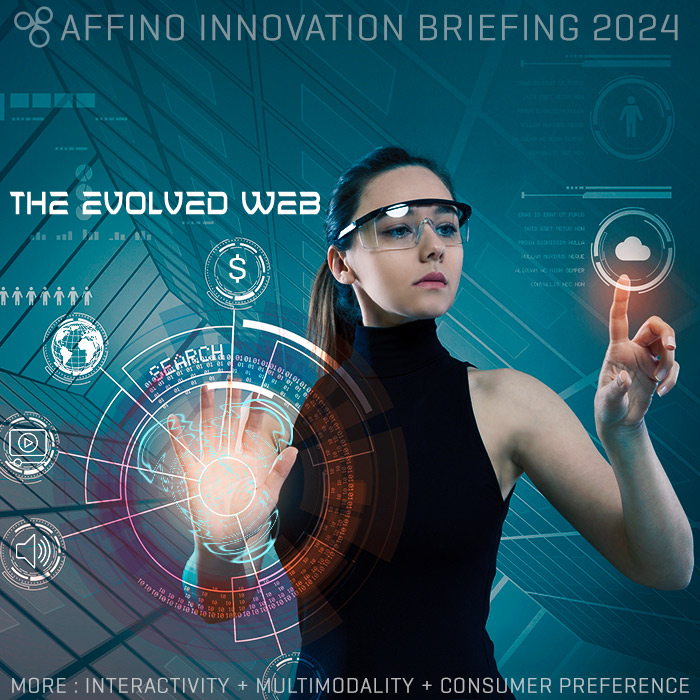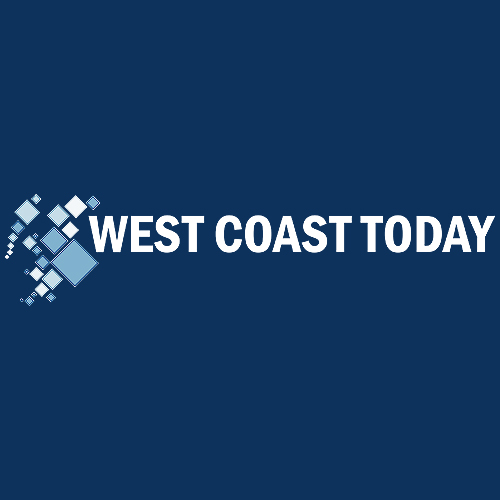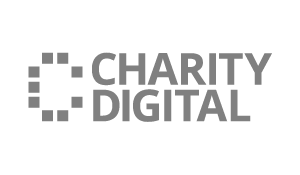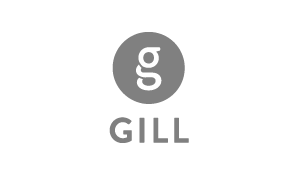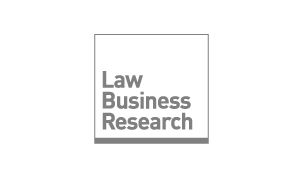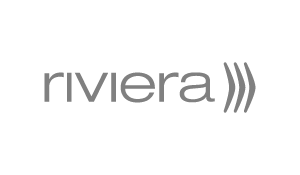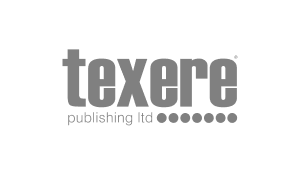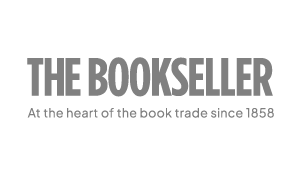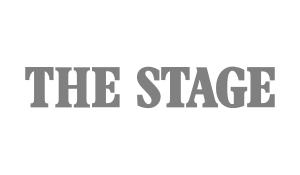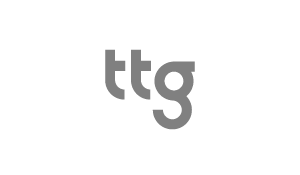Email Chain / Customer Journey Guide

Email chains for user journeys are a series of automated emails that are sent to users based on their actions.
Some of the benefits of email chains for user journeys are:
- They can help attract leads, nurture customers, educate prospects, and encourage subscribers to take action
- They can help build better customer relationships and increase sales
- They can help enhance the customer experience and ensure that the brand is meeting their expectations
Email chains for user journeys work by using events trigger. These can be specific actions by users, such as purchasing a product, a conversion event (i.e. vising the Products channel) or registering on your site..
Email chains also help with audience segmentation, helping you to separate users so they can be targeted, depending on your marketing strategy.
In Affino, email chains work by setting up Message Campaigns that use the Auto Response options.
In essence you will need to:
1.- Set up a Message Campaign of type Premium
2.- Chose an Event Trigger from the Auto Response options on the Message Campaign
3.- Set the Message Delay values for the messages to be sent after X amount of hours or days
4.- Continue setting up Message Campaigns, depending on the user journey
Auto Response on Message Campaigns
Promote > Message Campaigns > Add/Edit > Auto Response
The Auto Response feature in Message Campaigns is designed to automatically initiate messages based on specific events.
This functionality facilitates dynamic and timely communication with users by sending messages in response to actions such as abandoned checkouts, conversion events, purchases, or user registrations.
In essence, you can establish automatic triggers for message delivery. These triggers can encompass events such as abandoned checkouts, conversion events, purchases, and user activities like logins or registrations. Additionally, users have the option to specify a delay for message dispatch following the trigger event, which can be set to a predetermined number of days.
This feature is particularly advantageous for delivering timely and relevant communications, such as welcome messages or birthday greetings. It can be customized to suit various scenarios by selecting the appropriate event trigger and configuring the message delay settings accordingly.
The available options are:
- Abandoned Basket
- Abandoned Checkout
- Birthday
- Conversion Event
- Login
- Purchase
- Registration
- Un-assigned
- Attendees

Auto Response: Message Delay options
Once you've selected the trigger options the Message Delay settings will be available to use.
Message Delay Duration
Select the duration after which the message is sent. By default the Birthday Event Trigger is sent at midnight, however you can set it to send at midday by selecting a 12-hour delay. Please note if using conversion events, there could also be a delay set on that.
Message Delay Number
Select the number of Hours / Days for the scheduled task to send the message. Please note the scheduled task will check every 5 minutes for eligible users to send the message.

Example Email Chain
Below is a detailed example of a user journey that utilizes multiple delayed messages based on specific triggers.
E-commerce User Journey
1.- Event Trigger: Registration
Immediate Welcome Email
- Timing: Immediately after registration
- Suggested Content: Thank the user for registering and introduce the brand/site, include a discount code for their first purchase
2.- Event Trigger: Conversion Event - user visits Product page
Product Recommendation Email
- Timing: 1 day after browsing the Product page, with no purchase
- Content: Showcase products similar to those viewed, along with a reminder of the discount code
3.- Event Trigger: Abandoned Checkout
Cart Reminder Email
- Timing: 3 hours after cart abandonment
- Content: Remind the user of your product(s), add a link to the Product page so they reconsider their purchase
Second Cart Reminder Email with Incentive
- Timing: 1 day after the first reminder
- Content: A follow-up email that includes an additional incentive, such as a small discount or free shipping offer to encourage completion of the purchase
4.- Event Trigger: Purchase
Thank You Email
- Timing: Immediately after purchase
- Content: Thank the customer for their order, provide order details, and suggest related products
5.- Follow-Up Email for Feedback
- Timing: 7 days after delivery confirmation
- Content: Request feedback on the purchased product and encourage them to leave a review. Offer a discount on their next purchase as a thank you for their feedback
A structured approach ensures that each email is relevant to the user's actions and provides timely information that encourages further engagement and conversion.
Did you find this content useful?
Thank you for your input
Thank you for your feedback
Meetings:
Google Meet and Zoom
Venue:
Soho House, Soho Works +
Registered Office:
55 Bathurst Mews
London, UK
W2 2SB
© Affino 2024
